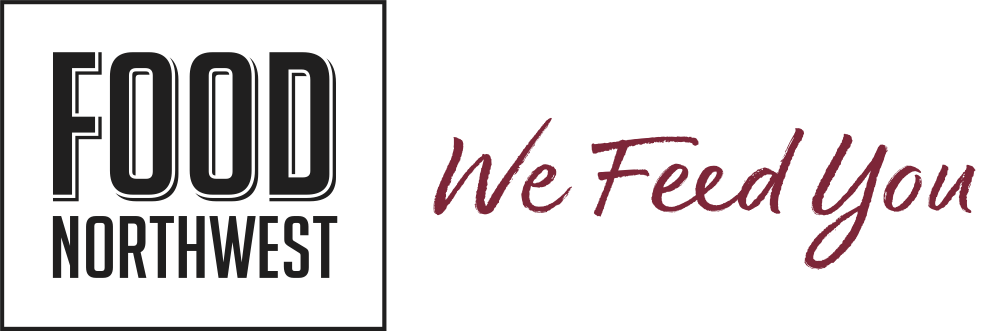Page 4 of 4
Grain Processing for Oils Process Components and Major Wastewater Sources
Figure 38 lists primary processes and associated wastewater loadings from a well-run fat and oil processing facility. Separate totals are presented with and without salad dressing and mayonnaise because these processes often are absent in a facility. Certain oil processing and refining operations have no oil seed processing facilities, but instead bring in crude vegetable oil. To account for this practice, adjustments can be made to the figures in the table. Data presented in Figure 38 are based on these operating parameters:
Obviously, operations of an atypical size or those omitting certain processes will have different waste loads. This applies especially to operations involved in acidulation or in mayonnaise and salad dressing processing. The effects of process control and its impacts on wastewater loading are outlined in the next section. As noted, these loadings are representative for an operation running reasonably well from a process loss control standpoint. But actual loadings depend on how well plants are run. A final source of wastewater is contaminated runoff from truck and rail loadout areas and from tank farm drainage. During rainy periods, runoff from these sources can contribute the equivalent of five to 10 gal/min to total daily average flow and, in fact, may affect peak flows to a much greater extent. |
||||||||||||||||||||||||||||||||||||

